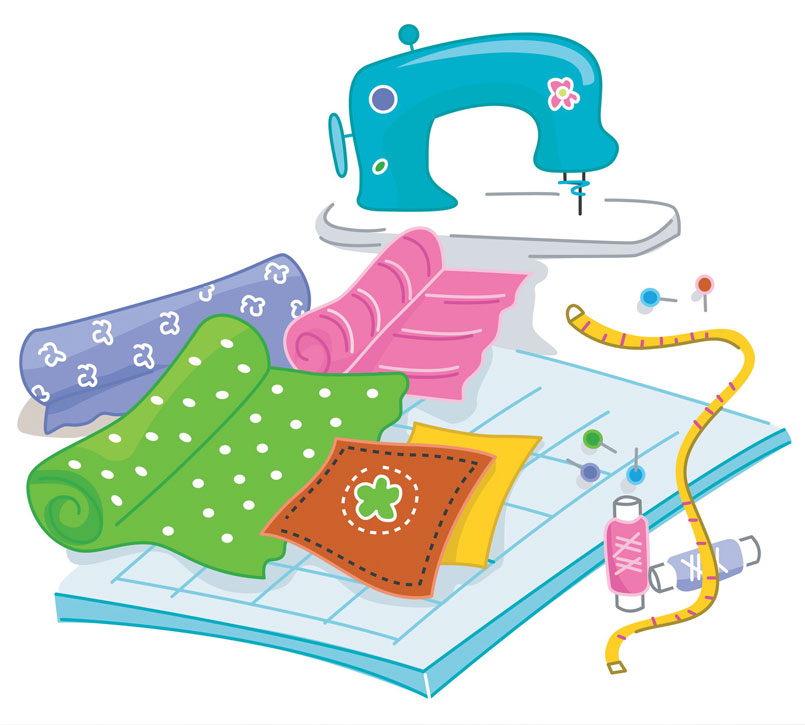By Mary Bart
My grandmother Brimacombe was a great quilter. She made beautiful quilts from old clothes, old bedding and curtains, and each of her 13 grandchildren and most other family members were given one. The message behind her quilts was quite simple: Despite the many miles between us, Grandma loved us and kept us close in her heart. Her magnificent creations were a key part of the strong family bonds that she formed and cultivated. They kept us warm, safe and protected, and reminded us that someone cared.
Quilts tell a story, and with their many patterns they often remind me of the role of a caregiver. Why? Well, as caregivers, we also do our best to keep our loved ones, warm, safe and protected. And quilts, like caregivers, have a number of elements. Let’s take a look:
The quilt top
The top is a series of patchwork pieces sewn together to create an overall picture or story. In the middle, there is a central pattern or picture that we can recognize. The centre of the quilt could represent the person receiving the care.
Some of the stronger pattern pieces might represent the physical, mental or emotional strengths and weaknesses; other pieces could stand for the caregiver’s daily tasks: preparing meals, giving a bath, shopping, cleaning, or taking the loved one to a medical appointment.
Further out from the centre are the pieces that might show what we do for ourselves to keep our sanity and keep from being isolated and overwhelmed. These pieces could be attending a regular yoga class, going out to dinner with friends, or just phoning a friend to share a funny story. Whether the patchwork pieces represent our efforts, our forms of respite or the person for whom we care, they are all connected. Together they show a life and a caregiving journey.
The batting
This is the inner section of a quilt, which is not seen. For some caregivers this hidden part of the quilt could be the part of their life that they choose to keep secret. It is often where true feelings, worries and guilt hide.
The batting is seen only when the quilt gets torn or worn out. For caregivers, it is the same: They often show what is hidden inside only when they are at their wit’s end or burned out. When the batting or the “stuffing” starts to show, repairs are necessary. In other words, the caregiver can’t take it anymore and changes need to happen quickly before things get worse.
The quilt back
A foundational piece that gives strength and shape to the whole quilt, the backing is not seen unless you look for it. In caregiving language this could represent our personal beliefs, principles and values. These are often things we don’t think about but that somehow shape how we think and act.
The binding
This is the part of a quilt that that supports all three of the quilt layers and holds them together. For caregivers, the “binding” is each person’s own circle of care. It consists of friends, social connections and health professionals who are on the team. This circle helps to keep a caregiver sane, strong and able to carry on. Without binding, caregivers would easily unravel and their ability to care would be compromised.
What does your caregiver quilt look like?
What do the patchwork pieces on the top layer say about the person receiving the care and about you as a caregiver?
Is your quilt in good shape, or is it starting to look torn and worn out? Some of the most treasured quilts have had to be mended often and over the years have required the addition of new pieces. Is there something you can do to repair your quilt or improve your situation? Do your beliefs and values support you and help you to be a balanced caregiver? And, finally, does your circle of support and network of friends help to keep you connected and strong?
Answering these simple questions will help you see, in your mind’s eye, what your Caregiver Quilt looks like today and how it needs to change. It gives you an opportunity to arrange for a few repairs and make some important adjustments that could keep it serviceable and treasured in the long run.
Mary Bart is the chair of Caregiving Matters, an internet-based registered charity that offers education and support to people dealing with the declining health or death of a parent. caregivingmatters.ca














